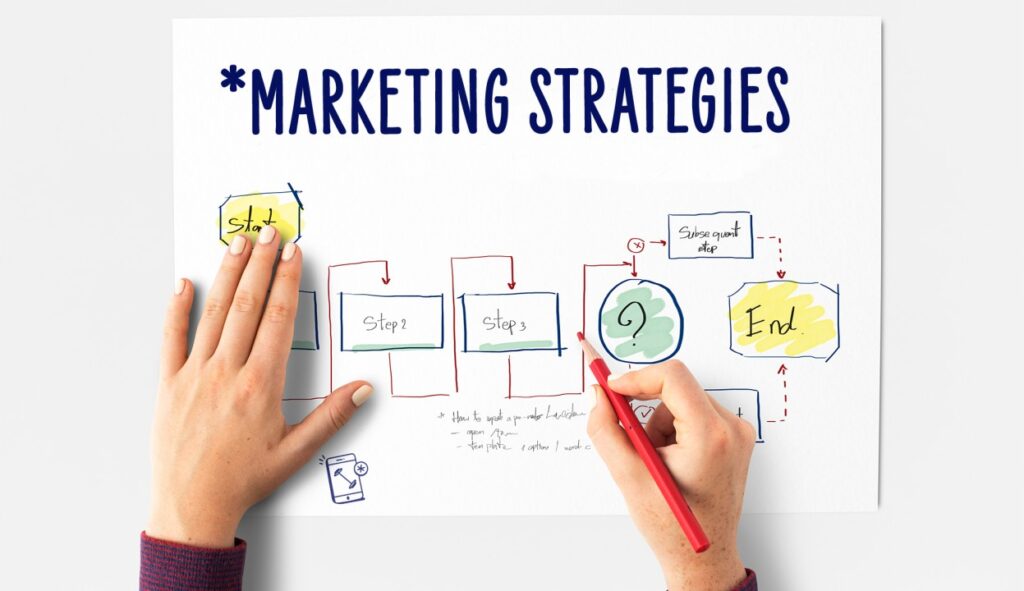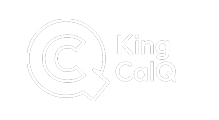Never do social media marketing without a strategy

In a world overflowing with products and services, branding has become an indispensable element for businesses looking to stand out from the crowd. It’s not just about having a catchy logo or a cool tagline; it’s about crafting a compelling narrative and a distinct identity that resonates with your target audience. At the heart of successful branding lies strategy – a carefully thought-out plan that lays the foundation for building a powerful brand. Here, we explore the vital importance of strategy in branding. 1. Differentiation in a Crowded Marketplace: In a marketplace saturated with options, brand strategy serves as your North Star, guiding you through the crowded waters. It helps you differentiate your business from competitors and position it uniquely in the minds of consumers. A well-executed strategy conveys not just what your brand offers but why it matters. 2. Consistency Across All Touchpoints: Consistency is key in branding. A strategic approach ensures that your brand’s message, tone, and visual identity are coherent across all touchpoints, from your website to social media, marketing materials, and customer service interactions. Consistency breeds trust and recognition. 3. Alignment with Business Goals: An effective brand strategy isn’t just about aesthetics; it aligns with your business objectives. It helps you identify your target market, refine your messaging, and tailor your brand experience to meet the needs of your customers. Your branding should support and enhance your broader business goals. 4. Emotional Connection with Customers: People don’t just buy products or services; they invest in the experiences and emotions associated with them. A well-crafted brand strategy delves into the psychology of your audience, identifying their pain points, desires, and aspirations. It enables you to create an emotional connection with your customers, fostering loyalty and advocacy. 5. Adaptability and Longevity: A robust brand strategy isn’t static; it’s adaptable. It can withstand changes in the market, technological advancements, and shifts in consumer preferences. By grounding your brand in a well-thought-out strategy, you can future-proof it and ensure its longevity. 6. Effective Resource Allocation: A strategic approach also helps allocate resources more effectively. It minimizes wasted efforts and resources by focusing on channels, messages, and initiatives that align with your brand’s objectives and resonate with your target audience. In conclusion, branding without strategy is like a ship without a captain. It may float, but it’s unlikely to reach its destination. A well-considered brand strategy is the guiding force that defines, sustains, and propels your brand forward. It ensures that every element of your brand aligns with your goals and values, connects emotionally with your audience, and stands the test of time. So, if you’re looking to build a brand that truly matters, start with a solid strategy; it’s the cornerstone of your brand’s success.
These Free AI Tools to Revamp Content Creation

In the ever-evolving landscape of digital content creation, efficiency and innovation are key. With the advent of artificial intelligence (AI), content creators now have access to a suite of tools that can streamline their work, enhance creativity, and ultimately make the content creation process easier. Here are five AI tools that can help you elevate your content creation game: 1. GPT-3 (OpenAI’s Generative Pre-trained Transformer 3): 2. Canva: 3. Grammarly: 4. Wordtune: 5. SurferSEO: Incorporating these AI tools into your content creation process can significantly enhance your efficiency and creativity. They can assist in various aspects of content creation, from generating ideas and text to designing visually appealing graphics and optimizing for search engines. While AI tools can be powerful assets, it’s essential to use them judiciously and ensure that the content maintains a human touch, as genuine and relatable content is what truly engages and connects with your audience.
5 Common Mistakes to Avoid when Designing a Logo

Your logo is often the first visual representation of your brand that your audience encounters. It’s the face of your business, conveying a message, creating an impression, and setting the tone for your entire brand identity. Therefore, creating a logo is a crucial task that demands careful consideration. To ensure your logo effectively represents your brand, here are five common mistakes to avoid: 1. Overcomplicating Design: One of the most prevalent logo design mistakes is overcomplicating the design. Complexity can make a logo confusing and difficult to recognize, especially when scaled down or viewed from a distance. A cluttered logo can overwhelm your audience and dilute your brand message. To avoid this, aim for simplicity. A simple and clean design is often the most memorable and versatile. 2. Ignoring Scalability: Your logo will appear in various sizes and across multiple platforms, from business cards to billboards and digital media. Neglecting scalability can result in a logo that loses its visual impact when resized. Ensure your logo remains clear and recognizable whether it’s the size of a postage stamp or stretched across a giant banner. 3. Relying Heavily on Trends: Design trends come and go, and while they can be tempting to follow, relying too heavily on them can be a mistake. A logo designed solely around a trend might quickly become outdated and lose its relevance. Instead, focus on timeless design elements that will remain effective and iconic over the long term. 4. Lack of Originality: Your logo should be a unique representation of your brand. Copying or imitating other logos can lead to legal issues and a loss of brand identity. Avoid clichés and strive for originality. Work with a professional designer to develop a logo that is distinct and uniquely yours. 5. Neglecting Brand Message: Your logo should reflect your brand’s values, identity, and purpose. Neglecting to incorporate your brand message into the design is a missed opportunity. A great logo not only looks good but also conveys a deeper meaning. Take the time to consider what your brand stands for and how your logo can embody those principles. In conclusion, creating a successful logo is not just about aesthetics; it’s about communicating your brand’s essence to your audience. Avoiding these common mistakes in logo design will help you establish a strong and memorable brand identity that resonates with your target market. Remember that a well-designed logo is an investment in your brand’s future, and it can make a significant impact on how your business is perceived. Need help designing a logo? Talk to me let’s get you started.

